
The specifications for the new Royal Enfield Himalayan 452 have been officially revealed. It is the successor to the current Himalayan 411 and the two differ to a notable extent in design, features, hardware and mechanical too. Here is a list of all the areas where the two Himalayan models differ.
Design

Though the Himalayan 452 and the Himalayan 411 seem to have a similar silhouette, the new bike is quite different when observed closely. Its fuel tank bulges outside on the edges and the rider seat too is slightly less scooped. Then, Royal Enfield has also altered the transparent visor’s design.
Engine
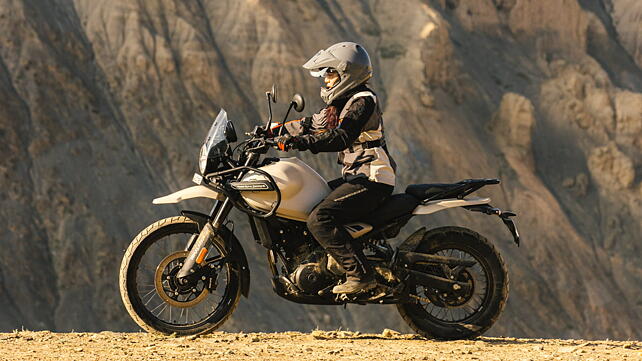
Powering the new Himalayan 452 is a Sherpa 450cc, single-cylinder, liquid-cooled engine. It develops 40bhp at 8,000rpm and 40Nm at 5,500rpm and is linked to a six-speed gearbox. This is the most modern engine from Royal Enfield yet. Meanwhile, the old Himalayan gets a 411cc, single-cylinder, air/oil-cooled engine. It makes 24.3bhp at 6,500rpm and 32Nm of peak torque at 4,000-4,500rpm and is linked to a five-speed gearbox. As you can see, the new Himalayan is not only more modern but also comparatively powerful.
Hardware
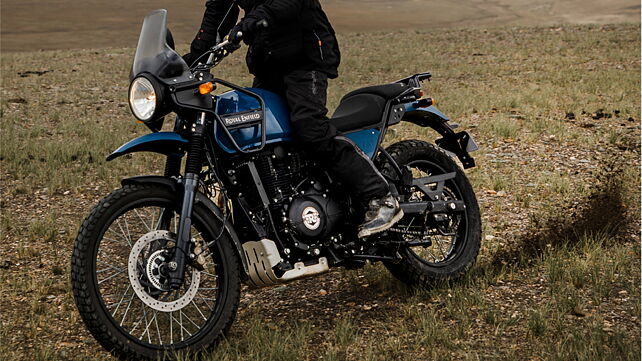
The Himalayan 452 rides on 43mm USD front forks and an offset monoshock with 200mm wheel travel at both ends. Its braking hardware includes a 320mm front disc and a 270mm rear disc with ABS. These are mounted on 21-inch front and 17-inch rear spoke wheels wrapped in tubed 90/90 front and 140/80 rear tyres from CEAT. On the contrary, the Himalayan 411 uses 41mm telescopic front forks with 200mm of wheel travel and a rear mono-shock with 180mm of wheel travel. Its brakes include 300mm front and 240mm rear disc brakes. It too rides on spoke wheels.
Features
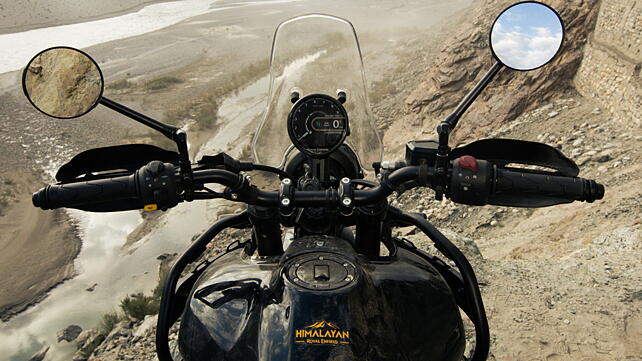
Along with full LED illumination, Royal Enfield has equipped the Himalayan 452 with a TFT console that offers smartphone connectivity, media controls, notifications as well as navigation via Google Maps. Then, there’s a type C charging port too. The Himalayan 411 features halogen illumination throughout, a USB charging port, LED taillight, semi-digital instrument cluster, a dual-channel ABS, and a Tripper Navigation system.
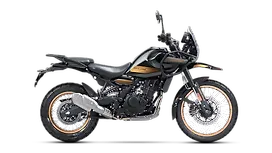

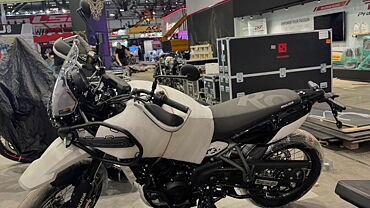

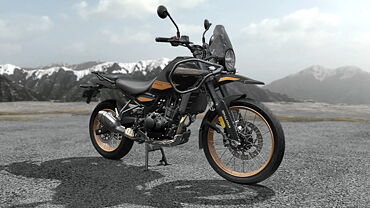


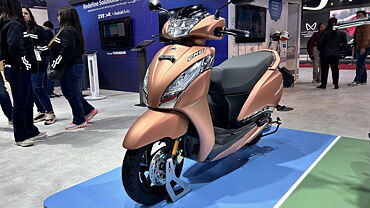
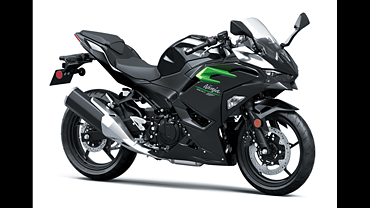
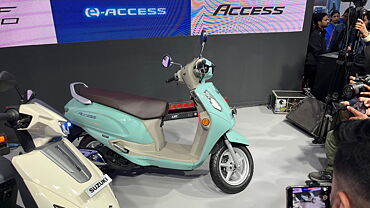
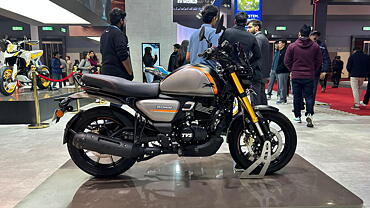

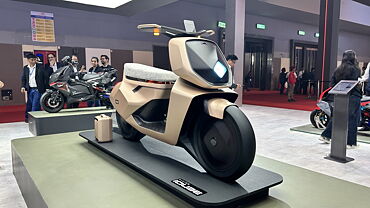
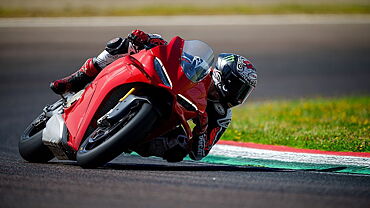
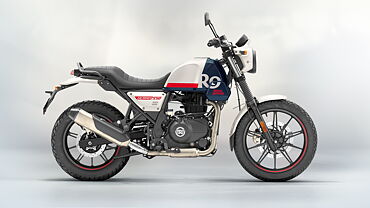
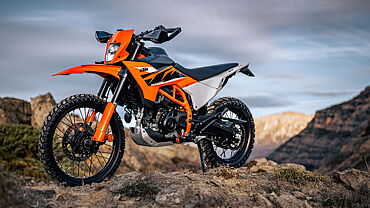







![KTM 390 Adventure X [2025] KTM 390 Adventure X [2025]](https://imgd.aeplcdn.com/272x153/n/cw/ec/190885/390-adventure-x-2025-right-side-view.jpeg?isig=0&q=80)